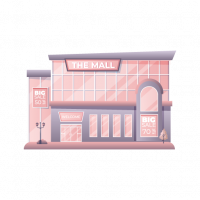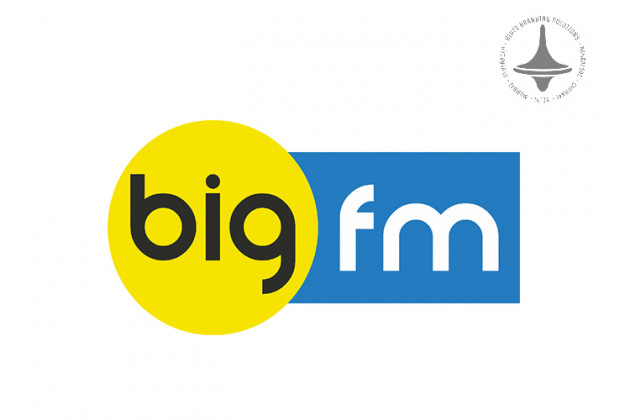Brands | CGI | Create Visually Stunning Ads | Digital Marketing

In the ever-evolving world of advertising, brands continuously seek innovative ways to capture their audience’s attention. One technique that has gained immense popularity is Computer-Generated Imagery (CGI). CGI has transformed the advertising landscape by allowing brands to create visually stunning and captivating ads that were once unimaginable. In this article, we will explore how brands are leveraging CGI to produce impressive visual content, the benefits of using CGI in advertising, and some remarkable examples from the industry.
The Power of CGI in Advertising
CGI is the art of creating realistic images and animations
using computer software. It has become a vital tool in modern advertising due
to its ability to craft visuals that blur the line between imagination and
reality. Unlike traditional photography or videography, CGI offers complete
creative control, enabling brands to bring their boldest ideas to life without
the constraints of the physical world.
One of the most significant advantages of CGI is the
limitless creative possibilities it offers. Whether it’s constructing
futuristic cityscapes, crafting hyper-realistic product shots, or producing
complex animations, CGI provides a dynamic and visually appealing approach that
captures the audience's imagination.
How Brands Are Implementing CGI in Ads
- Hyper-Realistic
Product Visualization: Brands use CGI to create detailed and lifelike
representations of their products. This technique is especially useful for
showcasing products that have not yet been manufactured or are too
intricate to photograph.
- Immersive
Storytelling: CGI allows for the creation of vibrant and imaginative
worlds, helping brands tell captivating stories that resonate with their
audience. This approach enhances brand storytelling by adding depth and
creativity.
- Creating
Iconic Characters: Animated characters created with CGI become brand
mascots, like Coca-Cola’s polar bears or the M&M’s characters. These
CGI mascots enhance brand recognition and build emotional connections with
consumers.
- Visual
Effects and Augmented Reality: CGI integrates seamlessly with visual
effects (VFX) and augmented reality (AR), enabling brands to offer
interactive and memorable experiences, such as AR-based product demos or
immersive ad campaigns.
Success Stories: Brands Nailing CGI Ads
- Nike:
Nike’s ads often combine CGI with live-action footage to emphasize the
power and energy associated with their products, creating an impactful and
inspiring visual experience.
- Coca-Cola:
The brand’s iconic polar bear ads leverage CGI to build a heartwarming and
festive atmosphere, appealing to audiences of all ages.
- IKEA:
IKEA’s use of CGI in catalog ads makes it possible to present beautifully
arranged interiors without physically setting up rooms, saving time and
resources.
The Future of CGI in Advertising
As technology continues to evolve, the use of CGI in
advertising will only grow. Brands are now incorporating AI-driven CGI
techniques to create even more personalized and dynamic content. With
advancements in real-time rendering and photorealistic animation, CGI ads will
continue to push creative boundaries.
Conclusion
CGI is revolutionizing how brands connect with audiences by
offering limitless creative possibilities. As more companies embrace this
technology, the advertising world will continue to witness visually striking
campaigns that captivate and inspire. Whether it’s through realistic product
visualizations, immersive storytelling, or iconic character creation, CGI has
undoubtedly become an essential tool in the modern marketer’s arsenal.
Elyts Advertising and Branding Solutions | www.elyts.in (India) | www.elyts.agency (UAE)






















Leave a Comment